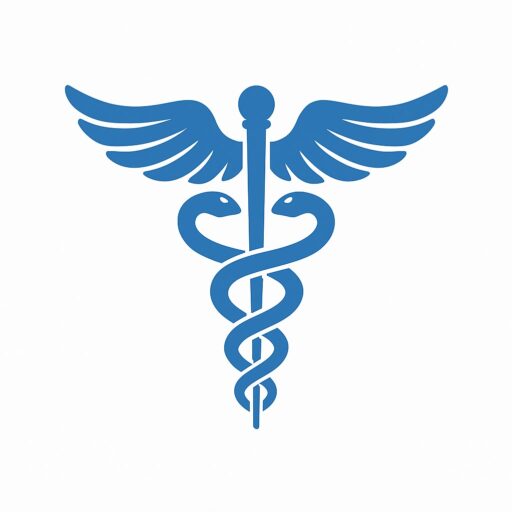
Orthodontic pliers are a key tool which dentists and orthodontists use daily. They go into a patient’s mouth, which is why they must be clean and safe. If these instruments are not properly cleaned after each use, bacteria and viruses can remain on them and pass from one patient to another. Also, this is why it is so important to learn how to sterilize orthodontic pliers correctly. In this blog, we will take you through the process step by step and also show you the importance of this task for your patients’ safety and your practice’s success.
Why Clean Pliers Matter in Dentistry
In each dental and orthodontic office, instruments are used daily. Pliers are the most common of these tools, which are used in particular for putting on and adjusting braces and wires. What you may not know is that these tools go into patients’ which means they pick up saliva, blood, and germs that we can’t see. If they aren’t cleaned and sterilized between uses, they become a vector for disease from one person to another. Which is why proper cleaning isn’t just a good idea, it is essential. Clean pliers help to keep patients healthy and also prevent more serious health issues.
Cleaning vs. Disinfecting vs. Sterilizing
Before you learn the steps of sterilizing orthodontic pliers, it is also true that cleaning, disinfecting, and sterilizing are distinct processes. Cleaning is the first which consists of removing dirt and debris from the tool’s surface. This is the initial step which must come first. Disinfecting, which is the second process, kills a great many of the germs but not all. Sterilizing, which is the final and most important step puts away all germs, viruses, and bacteria. Only after this step may a tool be used on another patient.
How to Sterilize Orthodontic Pliers
Learning how to properly sterilize orthodontic pliers may take some time, which I know from experience; however, once you have the process down, it does become a part of your daily routine. We will go over in detail the various subheads and steps that will guide you through this process.
Step 1: Wipe Clean Immediately After Use
After each use of orthodontic pliers with a patient, rinse right away in warm running water which will remove saliva, blood, and those little bits of food or glue. Also a soft brush may be used for a gentle scrub of the tool. Do not leave debris to dry on the pliers as it will become harder to remove later and also may cause damage to the tool.
Step 2: Use a sonic cleaner
An ultrasonic cleaning device is which we use sound waves and a liquid to clean tools. Put the pliers in with the recommended cleaning solution. Turn on the machine and run it for the put forth time which is generally 10 to 15 minutes. This process also helps to dislodge and remove any left over particles from hard to reach areas.
Step 3: Rinse again and dry completely
Once the ultrasonic cleaning is complete remove the pliers from the machine and rinse them with distilled water. After which, dry the tools immediately with a clean lint free cloth. Left over moisture may cause rust or damage if not removed before sterilizing.
Step 4: Place seal pliers in sterile pouches
Before placing pliers in the sterilizer put them in a sterilization pouch or wrap. These special pouches allow steam or heat in, but at the same time protect and clean the tools after. Do not overcrowd the pouch see to it that the tools are arranged in such a way that steam or heat reaches all surfaces.
Step 5: Use an autoclave for sterilization
The best method of sterilizing dental and orthodontic instruments is with an autoclave, which puts out high pressure steam and heat to kill all bacteria and germs. Follow the manufacturer’s instructions for setting the machine. Once that is done allow the pouches to cool before removing them.
Step 6: Store in a Cool and Clean Place
After sterilization keep the pliers in a dust-free dry cabinet. Do not open the pouch until you are going to use the tool on a patient. This keeps the tool sterile and safe. If the pouch is wet or damaged, the pliers must be sterilized again.
Tools That Need Sterilizing
In addition to orthodontic pliers, there is a large set of other orthodontic supplies which we use every day in dental care that must be cleaned and sterilized. We have bracket holders, arch wire cutters, and band removers, which all go into a patient’s mouth and must be handled with care. Also, simple tools like mirrors or probes, which are not cleaned properly, may carry germs. You use the same procedures for sterilizing these items as you do for the pliers. Sterilization has to be a routine practice to run a safe and professional clinic.
Tips for Tool Care and Safety
Proper application of orthodontic tips will make your job easier and safer. After each use clean your tools immediately; do not leave them out to dry.
- Clean tools right after each use
- Use soft brushes for cleaning tools
- Avoid metal scrubbers or rough cleaners
- Label each sterilized packet with the date.
- Replace damaged or old tools regularly
- Train staff to follow cleaning rules
Final Thoughts
Learning how orthodontic pliers are sterilized is a key task in any dental setting. These tools, which play a role in shaping healthy smiles, do so only when they are clean and safe. By way of each step, from rinsing and ultrasonic cleaning to autoclave use and safe storage, protecting both your patients and your practice.
Also, remember that sterilization is not just a matter of keep things clean. It is about care, trust, and the delivery of the safest dental care experience possible. Meditak Supplies provides high-quality and reliable orthodontic supplies and sterilization friendly tools, which dental teams around the world count on.

 English
English 





 Home
Home  Shop
Shop  About
About  Contact
Contact